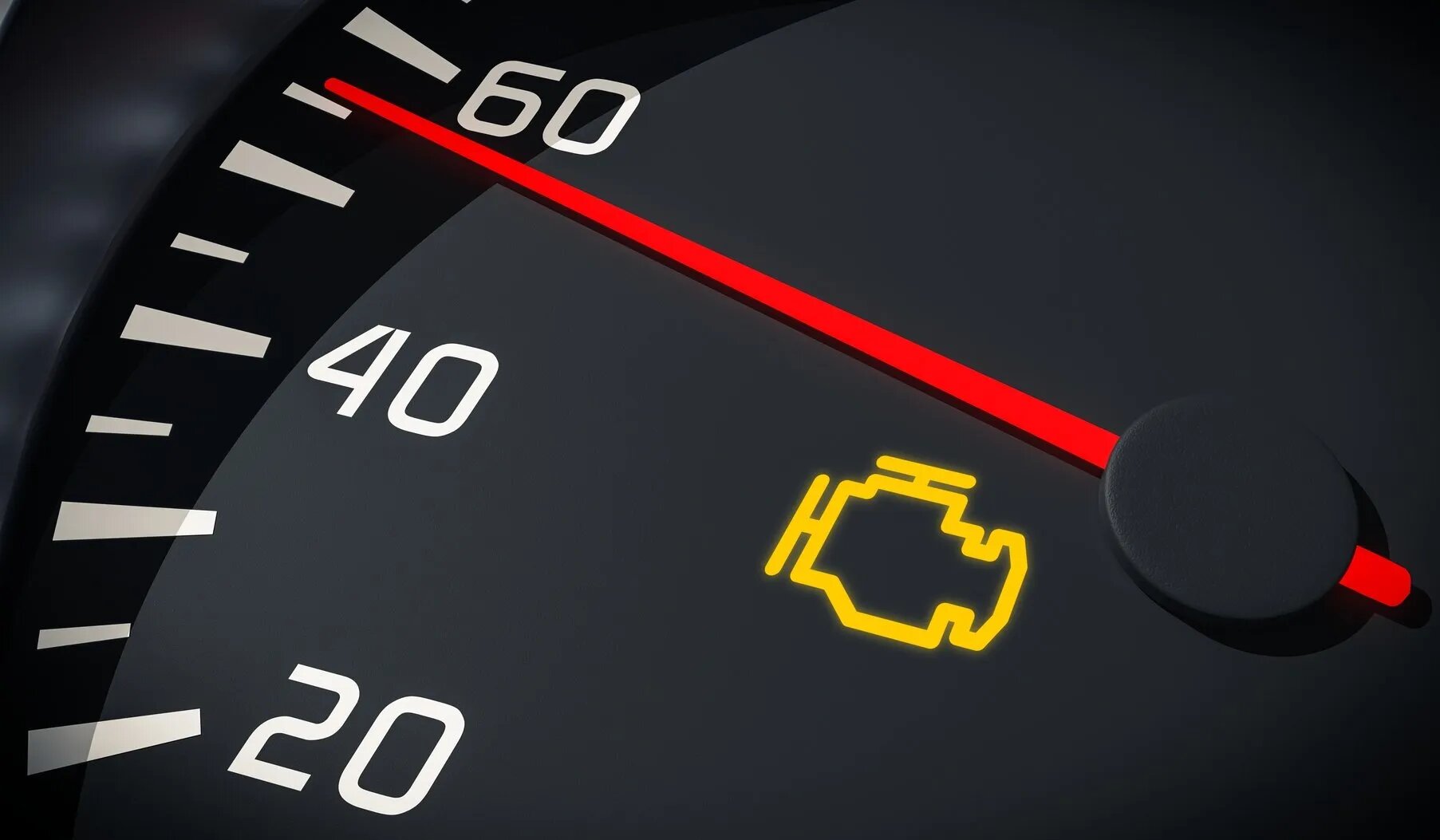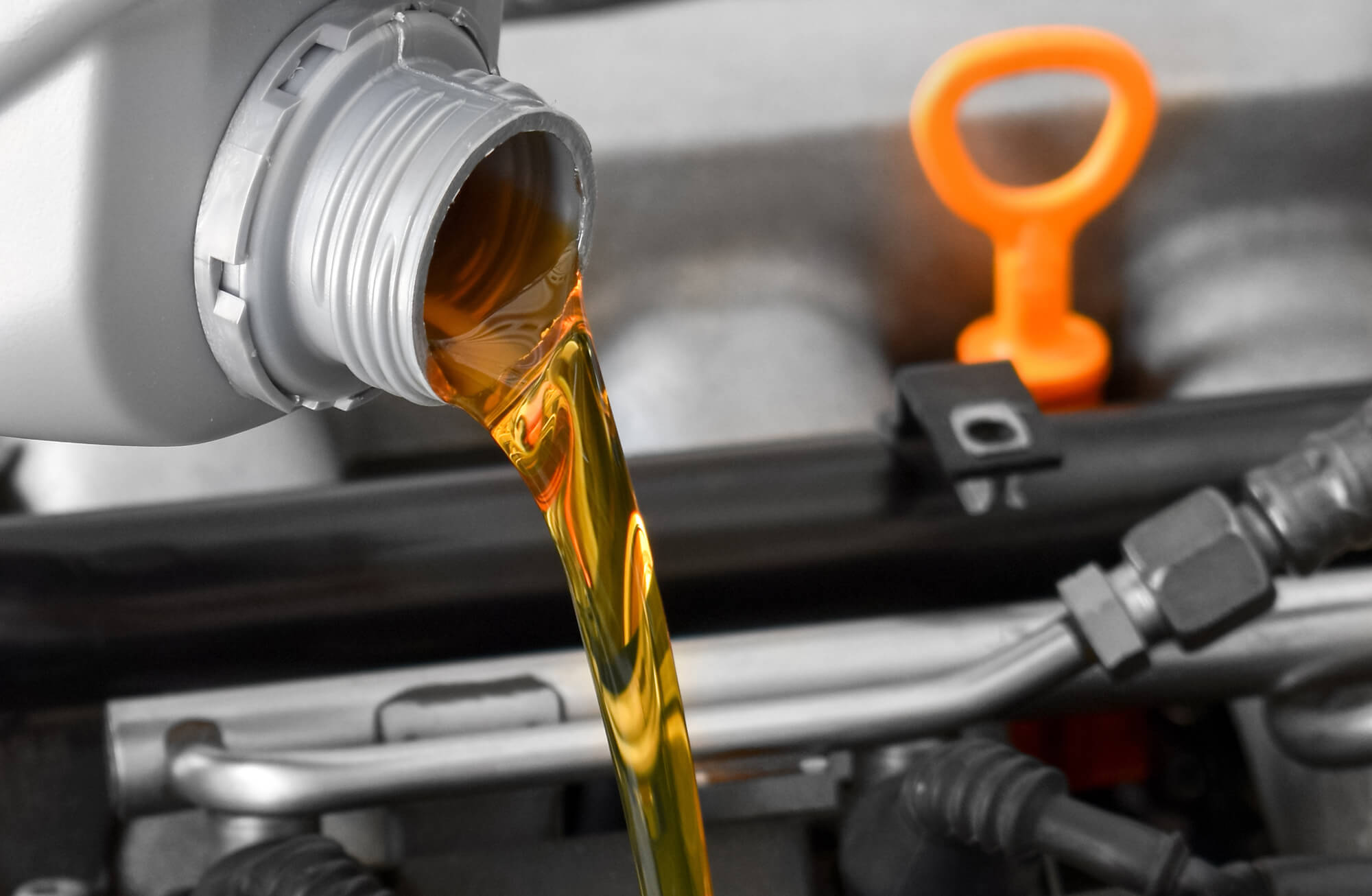A dashboard in any vehicle provides a driver with the most information required to keep moving safely while not distracting from the road. Many icons and indicators are minimalistic since a person behind the wheel has to take one glance at a dashboard to read all the information provided.
Check Engine Light is one indicator no driver likes to see while on the road. It notifies the driver that something is wrong in the vehicle’s system, and tells them that an immediate check-up is required. Sure, it’s not hard to notice Check Engine Light when it’s turned on, but decoding its meaning and getting to the root of the problem may prove to be a difficult task.
Today we will talk about common problems that the check engine light may indicate. We’ll briefly explain what these problems mean, and what to do in some particular situations so that after reading this article you’ll get a good chunk of knowledge to remember when something goes not as planned on the road.
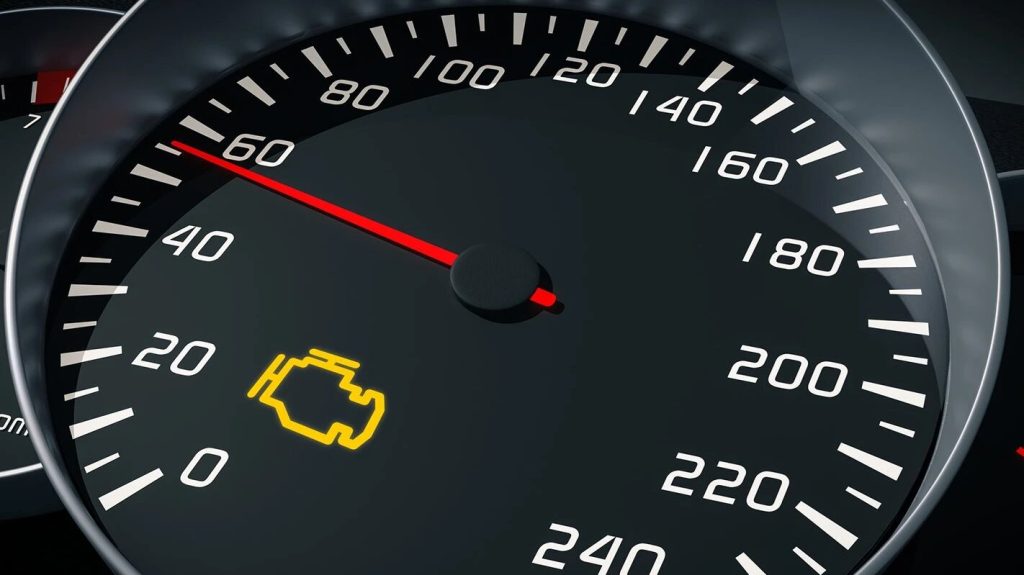
Is Check Engine Light Indicating Serious Trouble?
Not necessarily. Check Engine Light may indicate minor problems or breakages that don’t require immediate stop and attention of the mechanic. It doesn’t mean that you should take Check Engine Light seriously though. Ignoring the warning for too long may lead to serious consequences and costly repairs. So when the Check Engine Light is on, it’s time to do a check-up within one day.
Check Engine Light actually Has a Different Color Warning
The color isn’t always the same when the Check Engine Light turns on. Red, orange or yellow colors are the three most common, with red indicating the most serious problem. Orange and yellow usually show that the problem can be checked a little later, while red means that it is not safe to continue driving. Sometimes Check Engine Light may be blinking, which is the same as the color Red, meaning an immediate danger.
Fuel Tank Cap Malfunction
If the Check Engine Light turns on after the visit to the gasoline station, the loose cap of the fuel tank may be the problem. A faulty cap isn’t a serious problem and it’s easy to fix and examine by yourself. Always check the cap first when the Check Engine Light turns on. Fuel Tank Cap isn’t expensive to replace, it would cost you not more than twenty bucks.
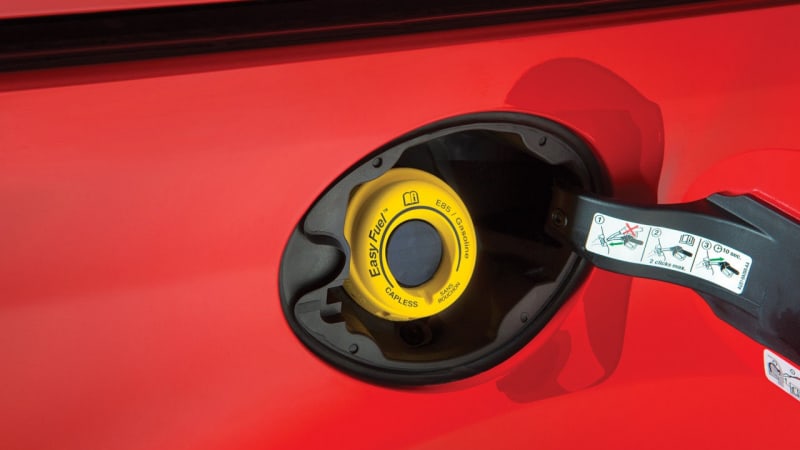
Catalytic Converter Malfunction
Before the gas leaves through the exhaust system, it has to be turned from carbon monoxide into carbon dioxide. For this process to work successfully the Catalytic Converter is installed into the system. When the Catalytic Converter breaks, the Check Engine Light will turn on.
Although it’s not hard to replace or repair the Catalytic Converter, it is not cheap either. This is why oil changes have to be done regularly. And sometimes other breakages may cause the Catalytic Converter to malfunction, like broken Spark Plugs or faulty Spark Plugs. This is why a professional check-up is required, to identify the root of the problem, without jumping to conclusions. Thankfully, most Catalytic Converters are designed to function properly for the whole lifetime of the car, so usually, it brakes due to other problems.
Spark Plug or Ignition Coil Malfunction
The Engine’s Cylinders have to be ignited with spark plugs that get the electricity from ignition coils. When one of the parts in this system brakes, the Check Engine Light will notify you of the problem, while the car will experience a misfire. Malfunctioning spark plugs or ignition coils can lead to more breakages. Usually, you’ll know that something is wrong in this area because the car will be slow to gather speed.
Note that this problem can only occur in gasoline engines.
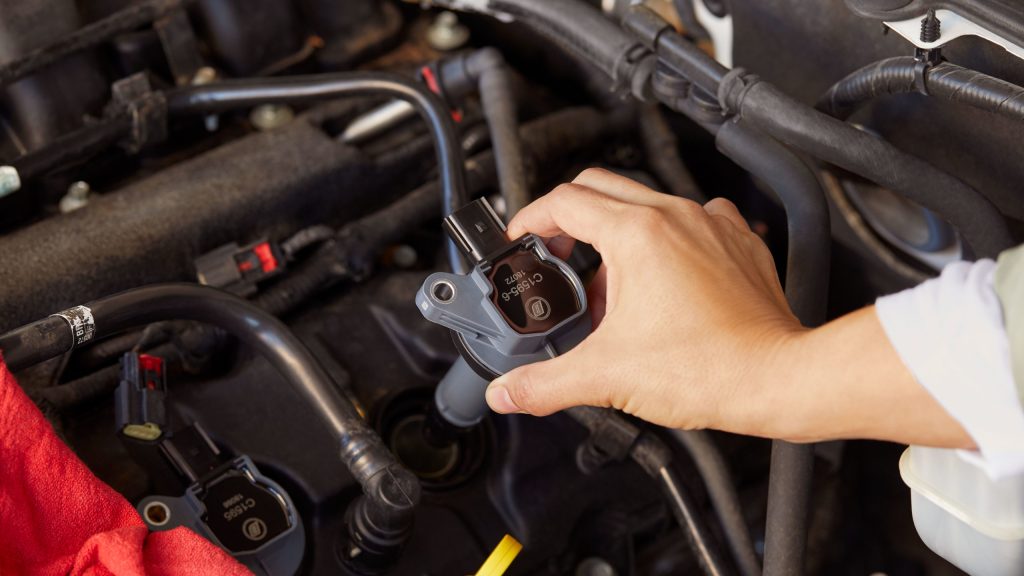
Oxygen Sensor Breakage
Between two and four Oxygen Sensor monitors are installed in modern vehicles. Should at least one of them malfunction, the Check Engine Light will notify the driver. Oxygen Sensor breakage is a serious issue, if at least one of them breaks gas mileage will be reduced, while emissions will increase. If the malfunction wouldn’t get repaired in time, the damage may spread to a catalytic converter. It means more expensive repairs, since the price for catalytic converter repair starts from $1200, while Oxygen Sensor replacement costs around $250.
Sometimes the malfunction isn’t that serious though, since Oxygen Sensor can just get contaminated by oil ash. It hinders the ability of the sensor to monitor oxygen levels. Of course, this is much easier and cheaper to fix since only the cleaning would be necessary.
Airflow Sensor Malfunction
The airflow sensor detects how much oxygen enters the engine’s system so that the proper mix between fuel and air can be maintained. When the Airflow sensor breaks, the mix will become incorrect, putting more stress on the engine, increasing emissions, and negatively affecting the engine’s parts. Airflow sensor malfunction is one of the many problems that make the Check Engine Light turn on.
The main reason for Airflow sensor malfunction is a bad air filter. It has to be correctly installed, checked, and replaced in time. If the air filter becomes dirty and prevents the correct airflow, the sensor may start to malfunction or will break completely, leading to costly repairs.
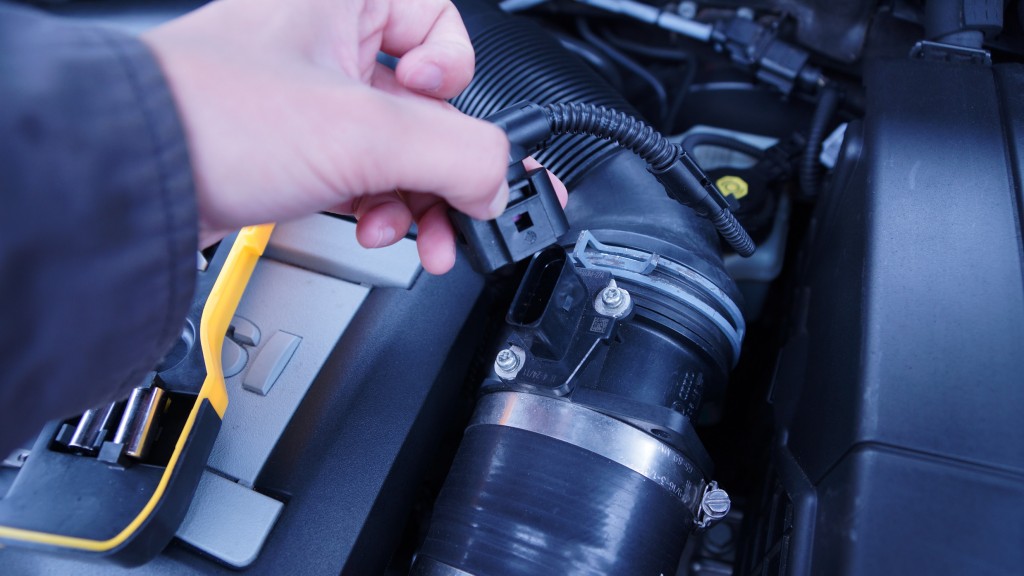
Thermostat and Coolant Failures
Vehicle’s thermostat functions as a regulator for the proper flow of the coolant to the engine. A faulty thermostat will lead to overheating, which will trigger the Check Engine Light.
As you can understand, any coolant flow failures will lead to overheating, so not always the thermostat is the reason for the problem. Sometimes the coolant may be contaminated with dirt or foreign substance, which leads to corrosion. Coolant leakages may also be the reason for the Check Engine Light, but they are much easier to detect by drops or puddles under the car after it’s been parked for some time.
Exhaust Gas Recirculation Malfunctions
Before the exhaust gas comes out of the vehicle, nitrogen oxide has to be filtered out and returned back into the system. The Exhaust Gas Recirculation Valve is the part responsible for it, and many modern vehicles have it controlled by the onboard computer. If the Exhaust Gas Recirculation process doesn’t happen correctly, the Check Engine Light will turn on.
The valve and EGR ports can get clogged up when carbon sticks to the inner surface creating layers of blockages. The common symptom of this problem is unnatural hiccups while idling with a running engine. Cleaning or replacing of the parts has to be done by professionals in the car service, which can cost you up to 700$ depending on required parts and actions.
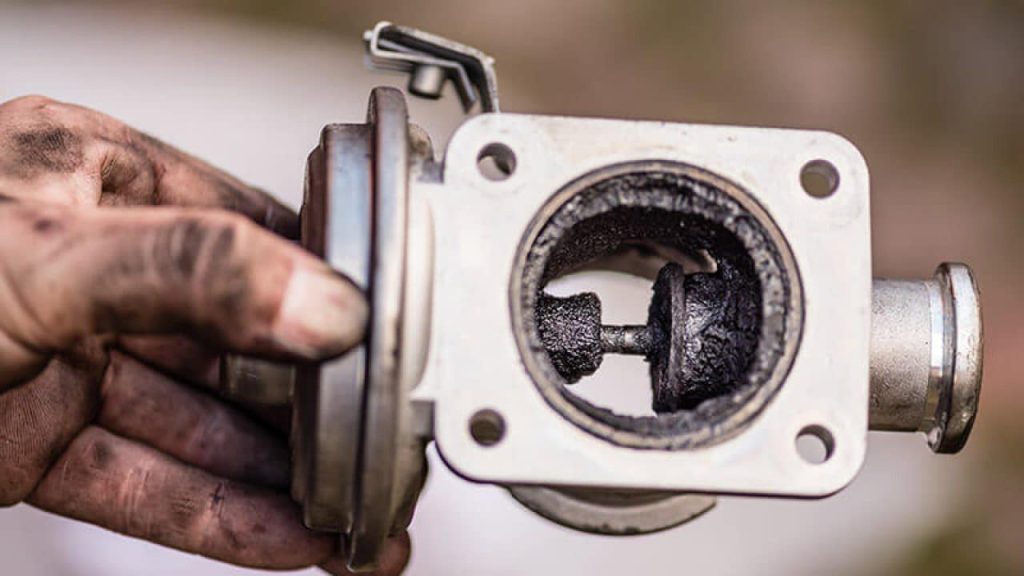
Vacuum Leak is Another Reason for Check Engine Light
The vacuum system of the vehicle provides a multitude of functionality and its malfunction will definitely turn on the Check Engine Light. Vacuum hoses can crack because of old age or drying out, it is the most common reason for vacuum leakage. Loose connections or broken fittings may be another reason for this problem. Searching for the leakage is time-consuming and expensive in the car service, but replacing the broken parts is quick and cheap.
Transmission Malfunctions May Turn On Check Engine Light
When something goes wrong in the transmission system, the On-Board Diagnostics may detect it and send the warning through Check Engine Light. If you suspect something like this happened, don’t waste your time and send your vehicle to the car service for a professional check-up.
Use an OBD Scanner to Read Check Engine Light information
Special scanners can be connected to On-Board Diagnostics computers in all modern vehicles. While Check Engine Light is only an icon notifying about an existing problem, the On-Board Diagnostics computer saves the complete information about detected malfunctions. Professional OBD scanners are used by all vehicle services, but any car owner can purchase portable and convenient models for themselves.
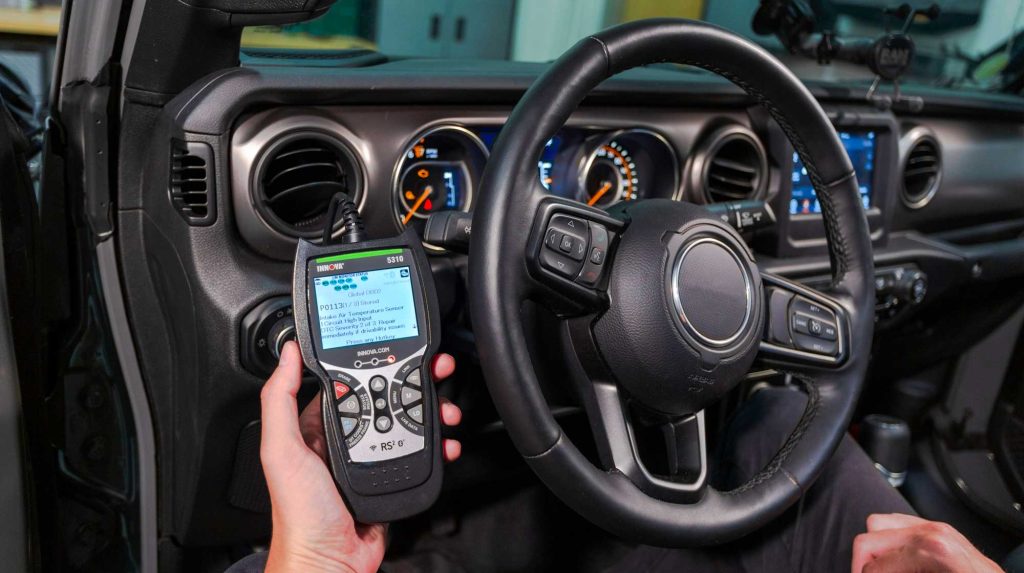
Learn how to use an OBD scanner in our article!
OBD scanners provide you with trouble codes that give you either a complete or general idea of what could have gone wrong that the Check Engine Light got turned on. Of course, using an OBD scanner shouldn’t be the reason to do all the repairs by yourself, but rather it’s a convenient way to learn if the breakage is grave enough to stop driving and call for the tow truck, or you can get to the car service by yourself.
Check Engine Light on the Dashboard, What Do I Do?
The safest choice would be to stop the vehicle and do a fast check-up of all the suspected problems. Use an OBD scanner if you have it in the vehicle, it should help identify most malfunctions.
Don’t try to repair the problem yourself, and never reset the OBD codes after reading it for yourself. Mechanics would read the codes again and there is a good chance that they will find more information.
If the problem isn’t serious, continue driving but visit the car service as soon as possible. If the breakage can lead to a safety hazard or more damage, call the tow truck or slowly drive to the nearest vehicle service station.
